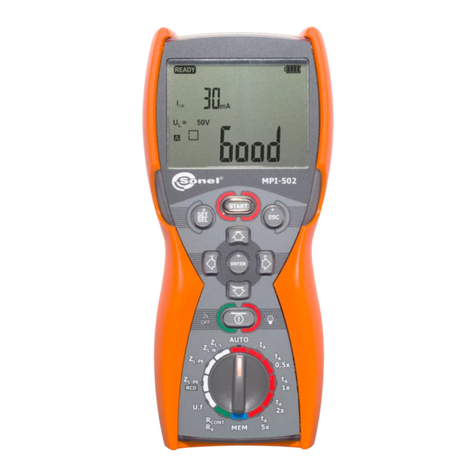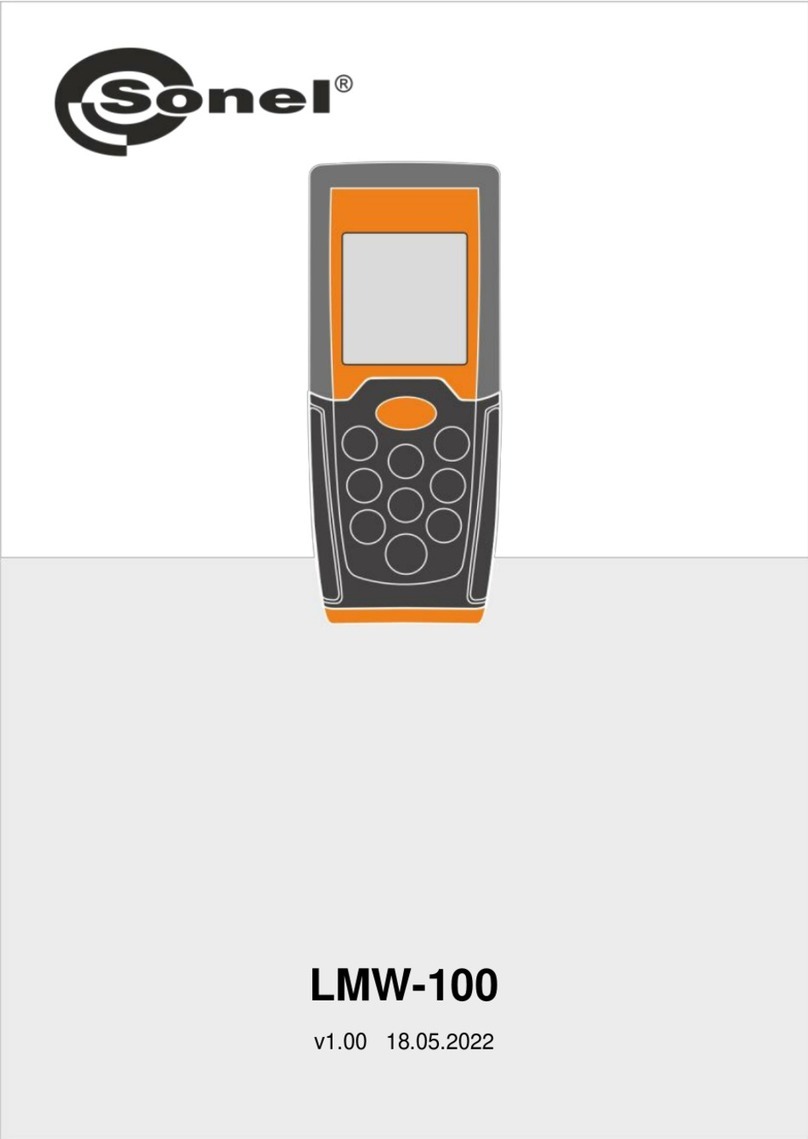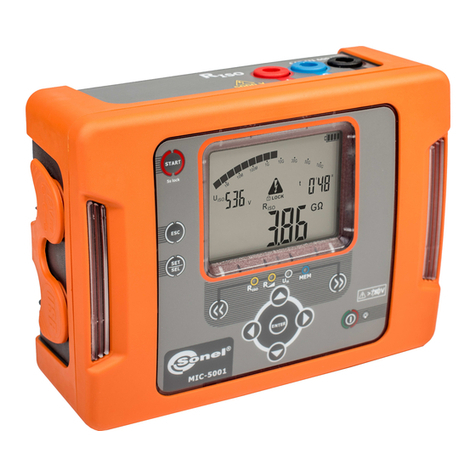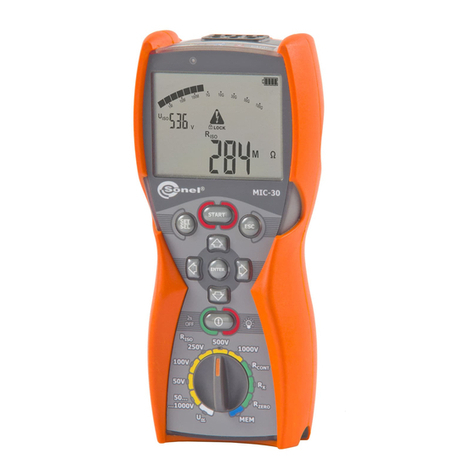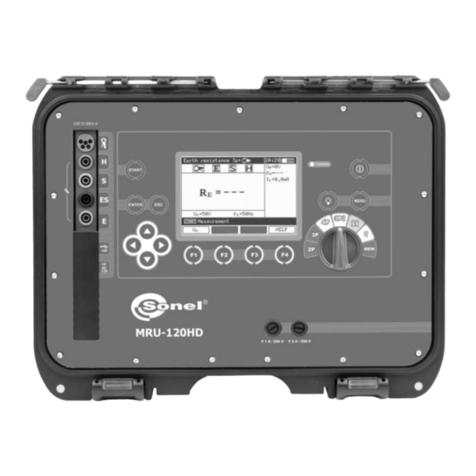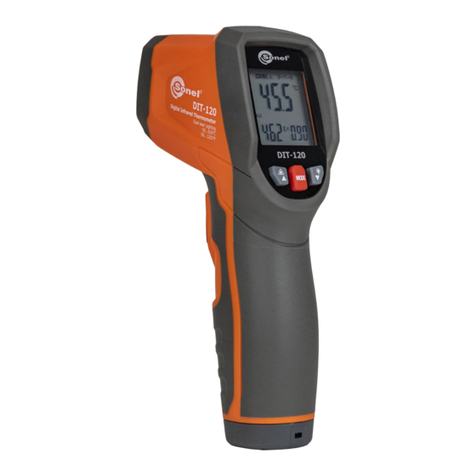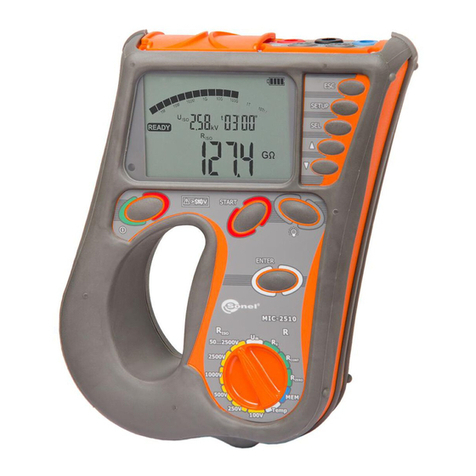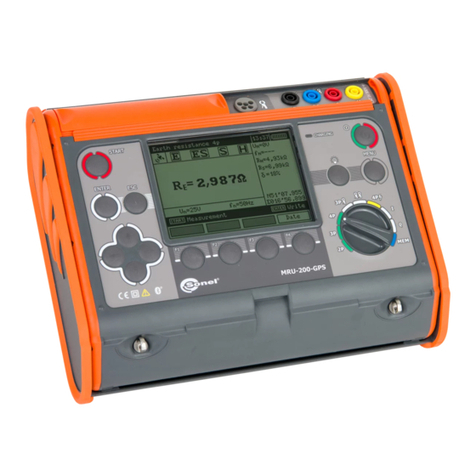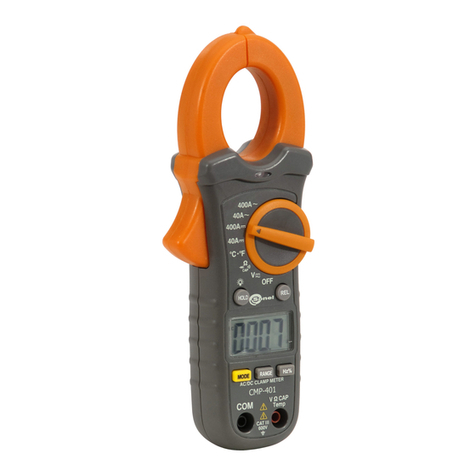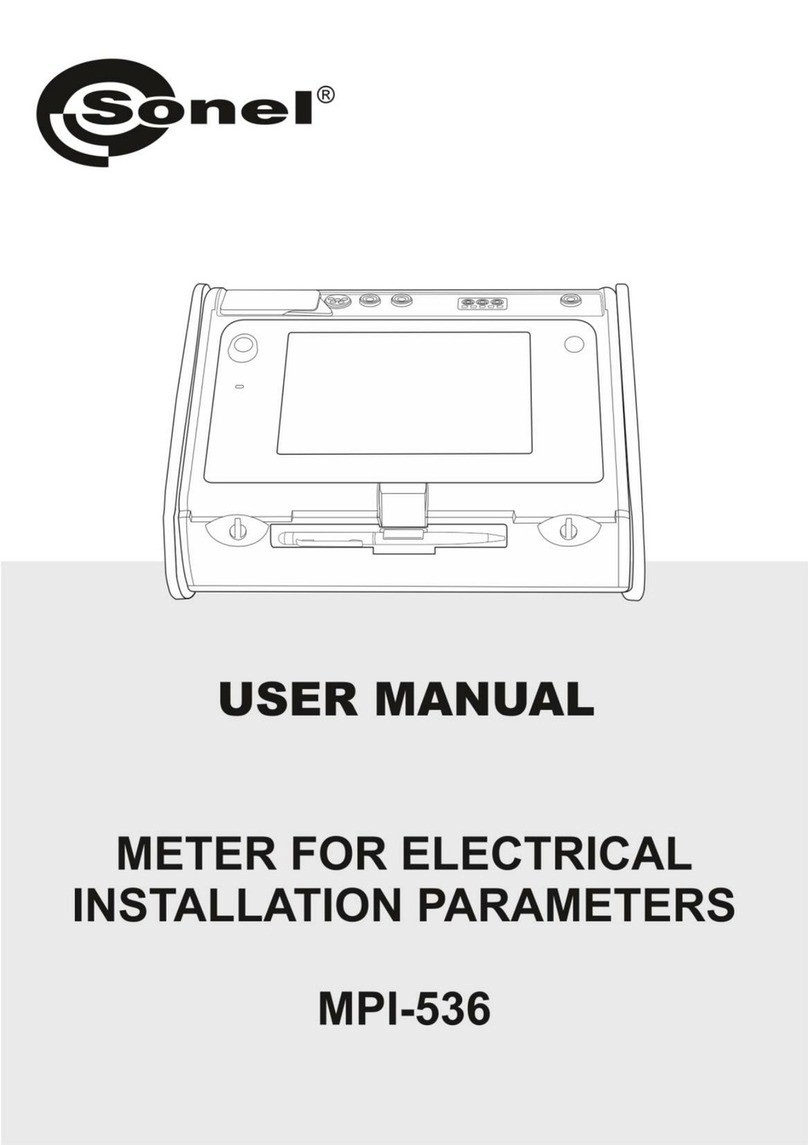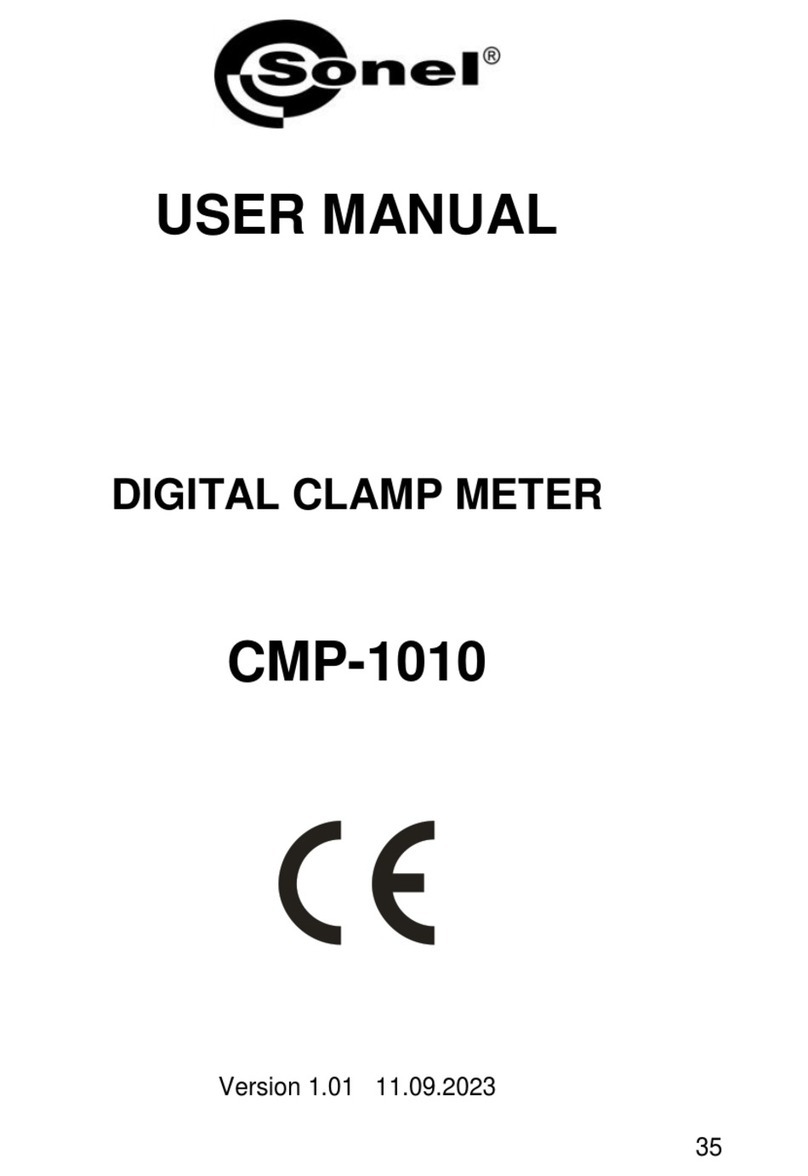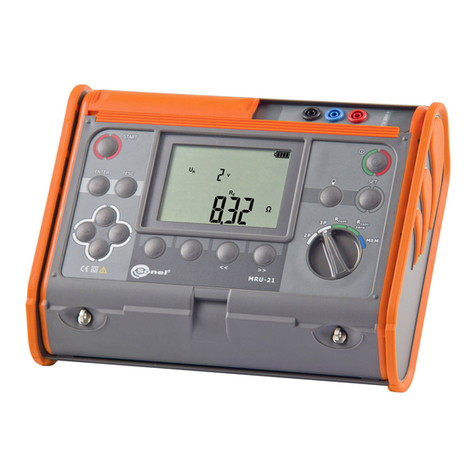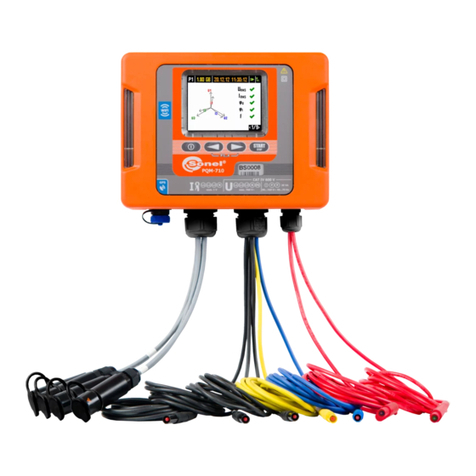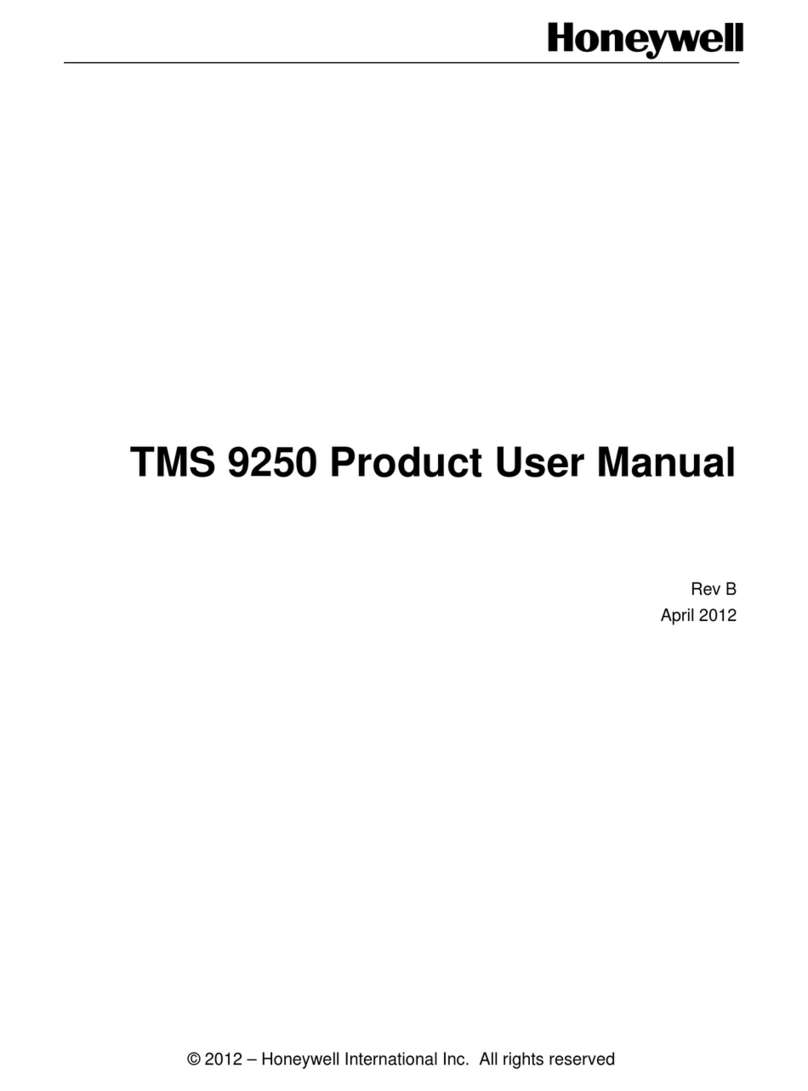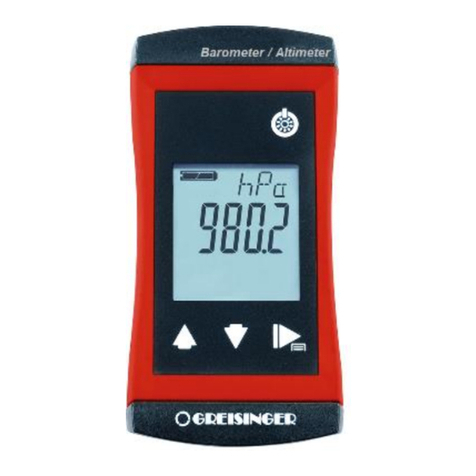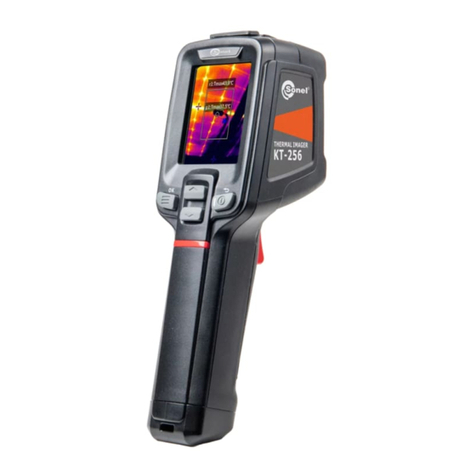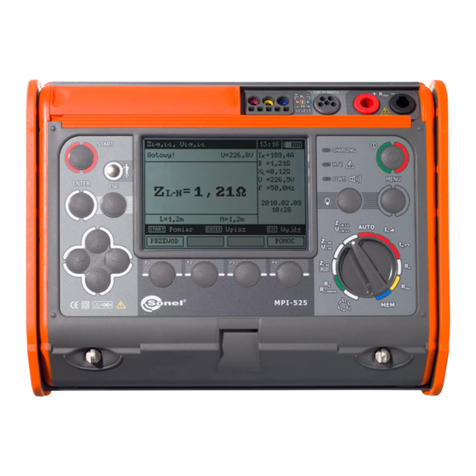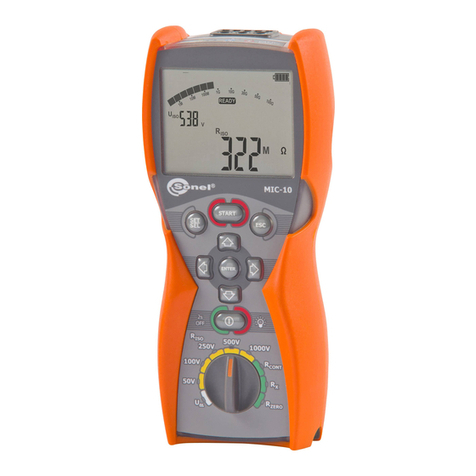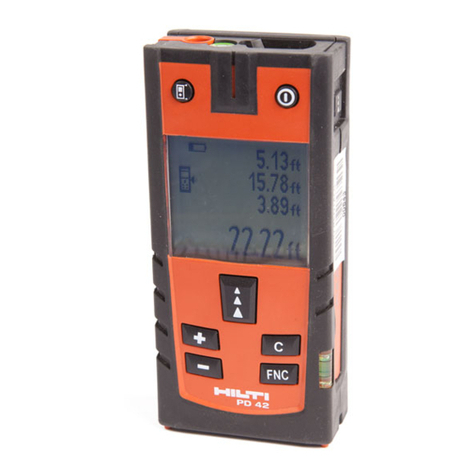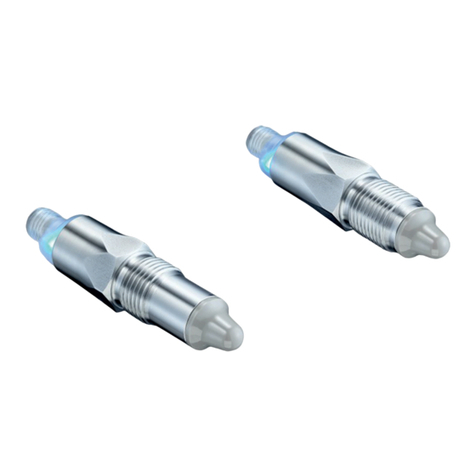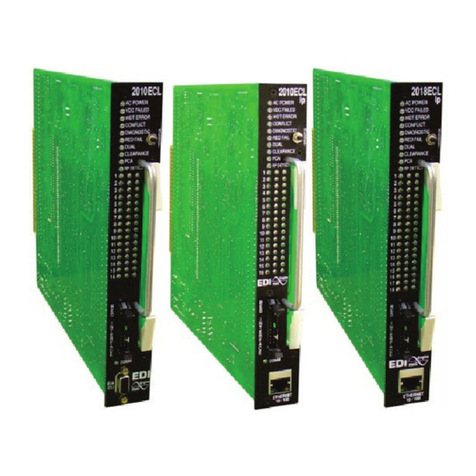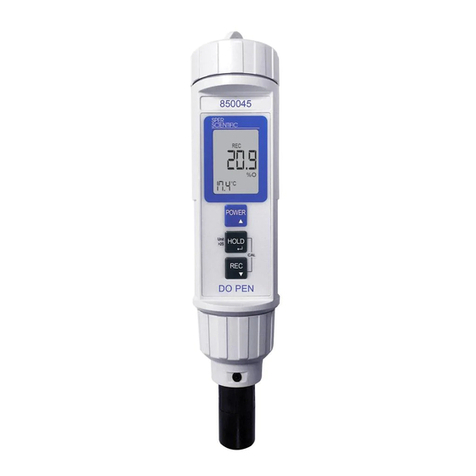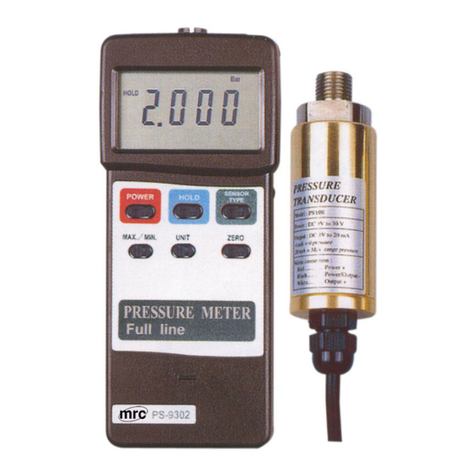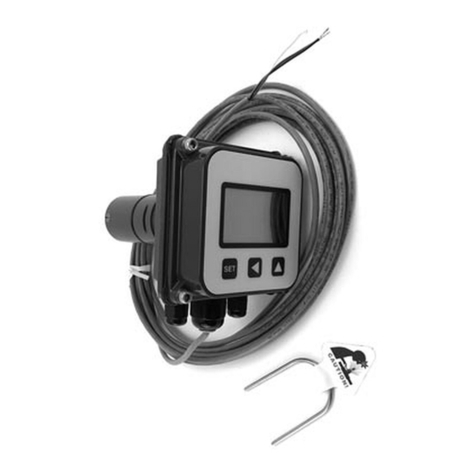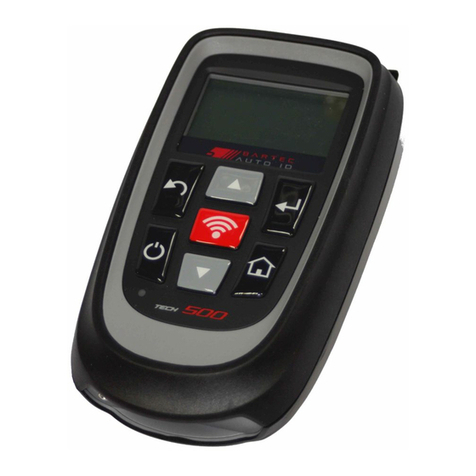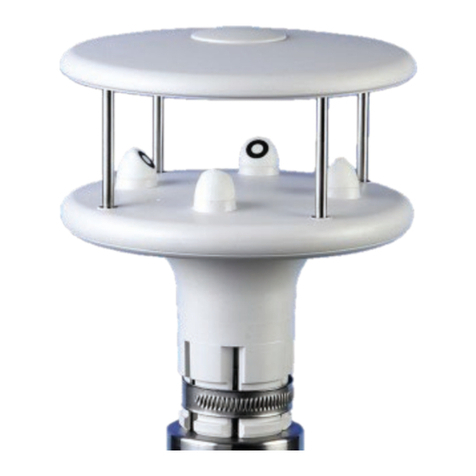4
6Power Quality - a guide........................................................................ 43
6.1 Basic Information..........................................................................................43
6.2 Current measurement...................................................................................44
6.2.1 Current transformer clamps (CT) for AC measurements .....................................44
6.2.2 AC/DC measurement clamps..............................................................................44
6.2.3 Flexible current probes .......................................................................................45
6.3 Flicker...........................................................................................................45
6.4 Power measurement ....................................................................................46
6.4.1 Active power.......................................................................................................46
6.4.2 Reactive power...................................................................................................47
6.4.3 Reactive power and three-wire systems..............................................................50
6.4.4 Reactive power and reactive energy meters .......................................................51
6.4.5 Apparent power ..................................................................................................52
6.4.6 Distortion power DBand effective nonfundamental apparent power SeN ..............53
6.4.7 Power factor .......................................................................................................54
6.5 Harmonics ....................................................................................................54
6.5.1 Harmonics characteristics in three-phase system ...............................................56
6.5.2 THD....................................................................................................................57
6.6 Unbalance ....................................................................................................57
6.7 Detection of voltage dip, swell and interruption ............................................59
6.8 CBEMA and ANSI curves.............................................................................60
6.9 Averaging the measurement results.............................................................62
7Technical specifications...................................................................... 65
7.1 Inputs............................................................................................................65
7.2 Sampling and RTC.......................................................................................66
7.3 Measured parameters - accuracy, resolution and ranges.............................66
7.3.1 Reference conditions..........................................................................................66
7.3.2 Voltage...............................................................................................................66
7.3.3 Current ...............................................................................................................66
7.3.4 Frequency...........................................................................................................67
7.3.5 Harmonics ..........................................................................................................67
7.3.6 Power and energy...............................................................................................67
7.3.7 Estimating the uncertainty of power and energy measurements..........................68
7.3.8 Flicker.................................................................................................................70
7.3.9 Unbalance ..........................................................................................................70
7.4 Event detection - voltage and current RMS..................................................70
7.5 Event detection - other parameters ..............................................................70
7.5.1 Event detection hysteresis..................................................................................71
7.6 Inrush current measurement.........................................................................71
7.7 Recording.....................................................................................................71
7.8 Power supply,battery and heater..................................................................72
7.9 Supported networks......................................................................................73
7.10 Supported current clamps ............................................................................73
7.11 Communication.............................................................................................73
7.12 Environmental conditions and other technical data ......................................73
7.13 Safety and electromagnetic compatibility .....................................................74
7.14 Standards.....................................................................................................74
8Equipment............................................................................................. 75




















